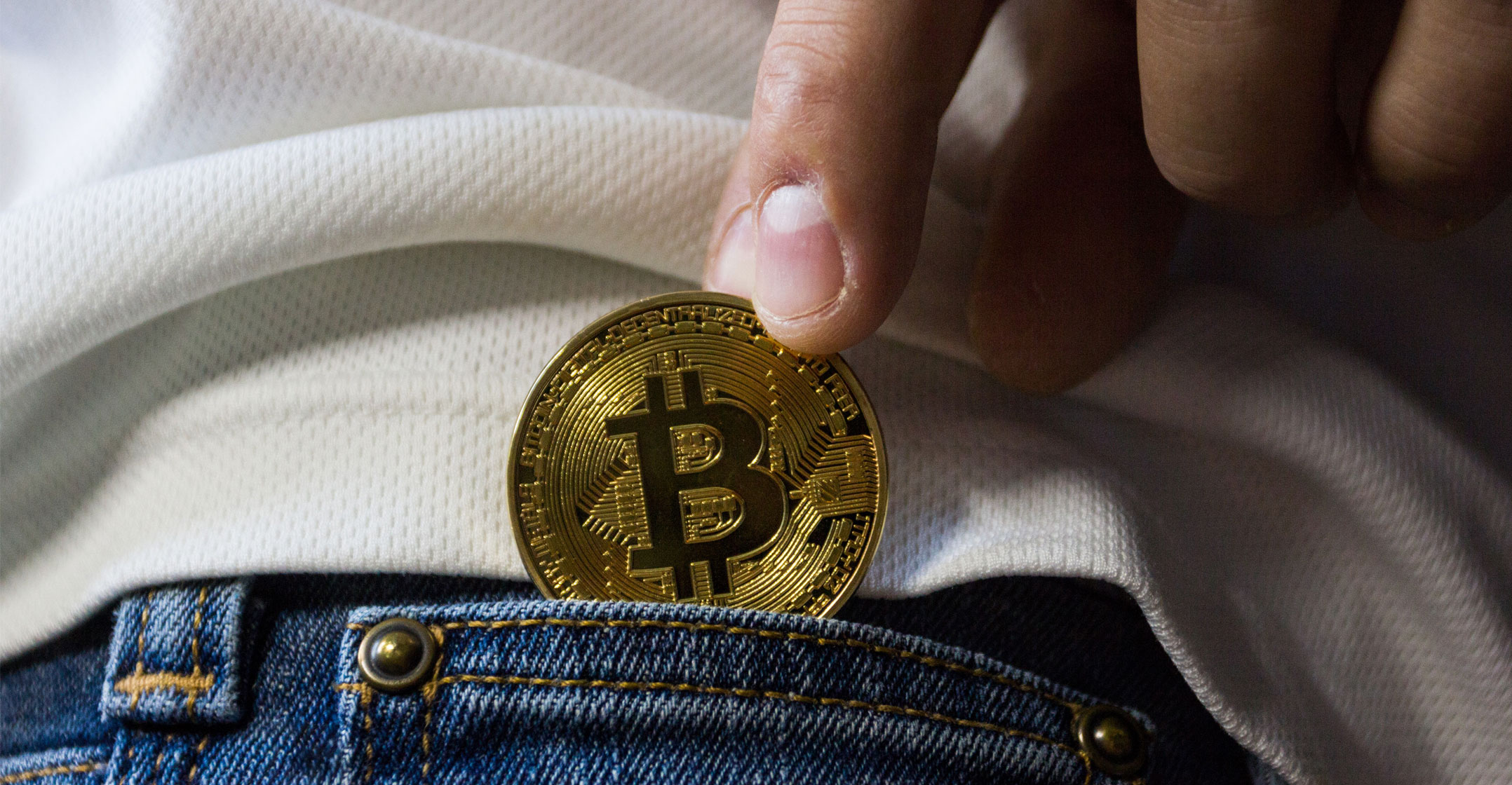
In the last few weeks before Christmas, parents around the world are searching for the best presents to give their children. Everything from dolls to drones will be on the shopping list.
But how about also giving them some financial education and stuffing a bit of bitcoin into their stockings?
Given the hype around cryptocurrencies, it’s likely that most teenagers have heard of bitcoin. Some more tech-savvy preteens may well be aware of it, too. It’s currently sexy and trendy, and while a bit of bitcoin may not be as fun to unwrap as an iPhone, it’s still something to tell their friends about. More than that, it also has potentially much longer-term benefits.
The beauty of it is that it works as an investment lesson, regardless of what happens to its value. Whether bitcoin is a bubble that bursts or it turns out to be the basis of the digital economy of the future, there’s something to be learnt.
With bitcoin up more than 600% in dollars this year, there’s a lot of excitement about its potential. It’s gain in rand terms has been ever bigger. It’s currently trading at over R150 000, having started the year at a little under R14 000.
This has been an incredible period, but bitcoin bulls argue that 2018 is going to be an even better year for cryptocurrencies. They believe that as these instruments become more mainstream, the demand for them will continue to grow.
They also think that the potential for increased oversight and regulation will not hurt prices. On the contrary, they say that this will actually encourage big institutional investors who have thus far stayed out of an unregulated instrument. If, as expected, cryptocurrency-tracking exchange-traded funds (ETFs) are launched in the new year, major financial institutions could join the party.
Volatile
In this scenario, the price of bitcoin just continues to rise, and if you hold it for the long term you could make a lot of money. If that’s the case, it’s a great investment lesson for any child to learn, particularly when the asset in question is as volatile as bitcoin.
Being able to hold onto something and see it appreciate over time despite short-term price fluctuations is a key attribute for any successful investor. In the digital age, anyone can watch the price of bitcoin day by day, even hour by hour, but if they commit to holding onto it through the turbulence and are rewarded for that stance in the long term, you could make a steely investor out of your child.

To be honest, however, there are few serious financial commentators who believe that bitcoin is not in some sort of bubble. The price rise is driven almost entirely by sentiment, with very little fundamental underpin, and history tells us to expect this to end in tears.
Just in the last week, two Nobel prize winners have added their voices to the chorus of concern about cryptocurrencies. Joseph Stiglitz and Robert Shiller both expect a crash, although it’s impossible to say when it will occur.
So, if you do buy some bitcoin for your children, be prepared for this possibility. If it happens, however, the investment lesson is no less valuable.
It’s quite possible that bitcoin will continue to climb. Prices could go much higher in the short term, and the enthusiasm for cryptocurrencies could continue. It could be an exciting ride for a few more months or even years.
If the bubble bursts, however, reality will set in very quickly. This can be very sobering, but losing money is often a better teacher than making it. There are a number of good financial lessons worth learning early in life: nothing appreciates rapidly forever; don’t invest in something you don’t understand; sentiment can be horribly misplaced; and diversify your risk. A bitcoin crash would bring all of those to the fore.
One can be sure that in the decades to come there will be other bitcoin-type fads. It’s therefore a good idea to be prepared for them.
Losing money now might not be much fun for either you or your children, but it will be remembered, and making an intelligent investor out of your child in the long term is probably worth losing a few hundred rand this Christmas.
- This article was originally published on Moneyweb and is used here with permission




